How to Sew with Oilcloth
Looking for a fabric that is water-resistant or easy to wipe clean? There are lots of “vinyl” options, including PVC fabric, laminated fabric, synthetic leather, and chalkcloth vinyl. If you do an online search, you can get lost in the many available options. One option I like is oilcloth — a printed cotton fabric with a clear PVC coating on one side that is easy to wipe clean. Let’s learn how simple it is to sew with oilcloth when using a few BERNINA tips and tools.
Fabric Characteristics of Oilcloth:
- Does not fray
- No grainline
- Tears easily under stress
- Damaged by heat or sun
- Can crease permanently
- Often waterproof or water-resistant
Care and Use of Oilcloth:
- Avoid harsh cleaning products
- Use water and/or mild detergent to clean
- Wipe down with a soft cloth
- Dry vinyl before sewing or storing
- Great for bibs, art smocks, placemats, zipper pouches and anything you want to easily wipe clean
Note: If you are making something that might end up in a baby’s mouth, such as bibs, search for oilcloth that states phthalate-free. Most are safe now, but it’s always a good idea to double-check.
Recommended BERNINA Presser Feet for Sewing Oilcloth
BERNINA offers several presser feet designed for sewing over “sticky” materials. These non-stick presser feet are identical to their counterparts, except for the coating on the sole. This special coating allows the foot to glide easily over “sticky” material.
- Zigzag Foot with Non-Stick Sole #52/52C/52D is a version of the Zigzag Foot #0 and good for general all-purpose sewing. This foot will work well for straight stitch and zigzag stitching.
- Straight Stitch Foot with Non-Stick Sole #53 is a precision straight stitch foot with a narrow toe for topstitching.
- Zipper Foot with Non-Stick Sole #54 is a 5.5mm zipper foot with an adjustable guide and works with all BERNINA machine models regardless of the stitch width.
- Open Embroidery Foot with Non-Stick Sole #56 is a version of Open Embroidery Foot #20 and good for sewing heavy decorative stitches. This foot will sew patterns up to 5.5 mm stitch width.
Tips for Sewing on Oilcloth
- Avoid creating permanent pinholes by using Clover Wonder Clips to hold layers together.
- To avoid damaging the material, use a seam roller for pressing a seam—try Clover Roll and Press. If you need to iron, use a press cloth and a low temp setting.
- Use a needle with a sharp point like a Schmetz Microtex needle—size 80/12 will work well for most standard threads. Topstitch needles can help to prevent skipped stitches.
- Increase your stitch length when sewing vinyl to keep from perforating the material. A length of 3 to 3.5 mm will work nicely.
- You may need to reduce your presser foot pressure to glide over sticky material with ease.
There are so many beautiful and fun prints in Oilcloth available today. I have many on my wish list for future projects, including outdoor placemats for this summer! Below are a couple of links to oilcloth projects on BERNINA’s creative sewing blog, WeAllSew.com. Have fun and enjoy!
Oilcloth Projects
- Oilcloth-lined Garden Tote
- Zipper Pencil Case with Chalkboard Fabric (the lining is Oilcloth)
Fear No Fabric
What you might also like
2 comments on “How to Sew with Oilcloth”
-
-
Hello. I spoke with tech and they said you can use an all-purpose cleaner (non-bleach) to wipe down the machine including the hook area. I hope that helps!
-
Leave a Reply
You must be logged in to post a comment.
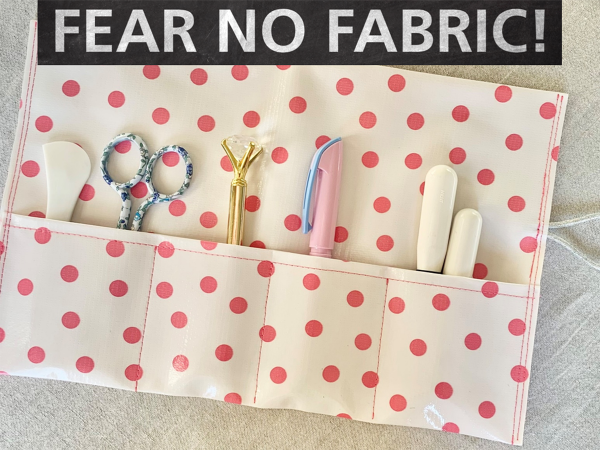
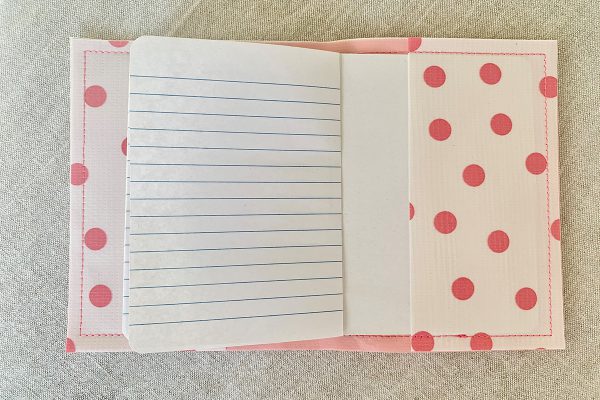
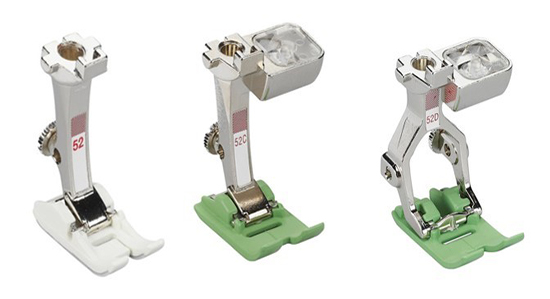
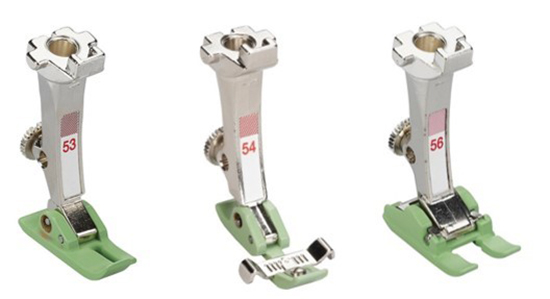
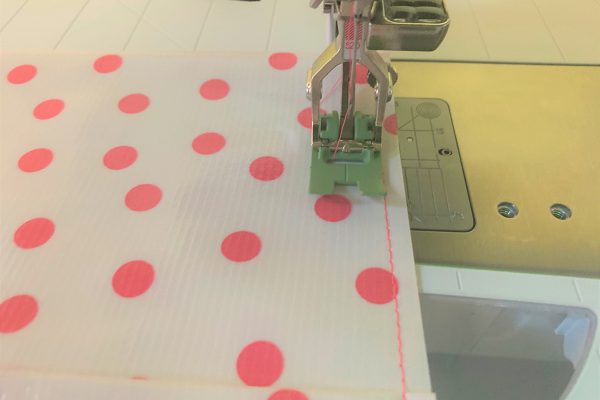
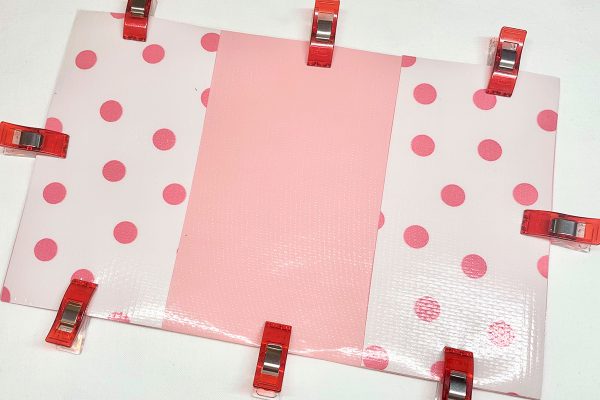
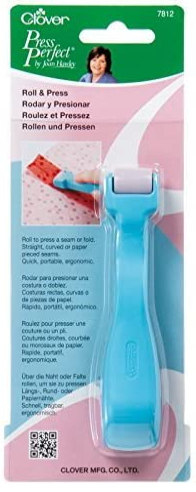
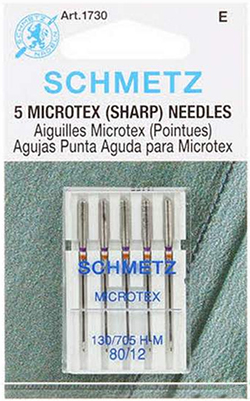
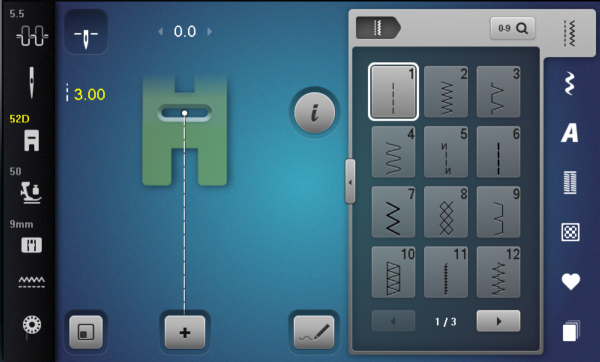
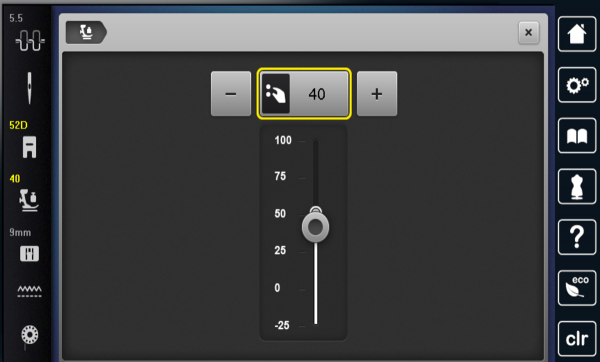
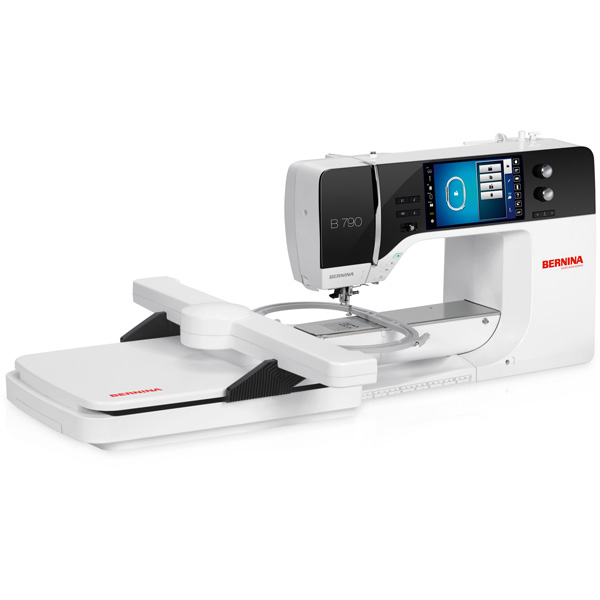
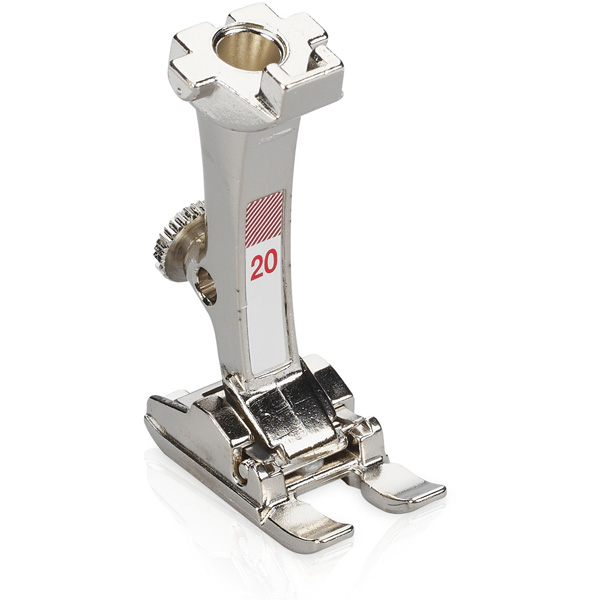
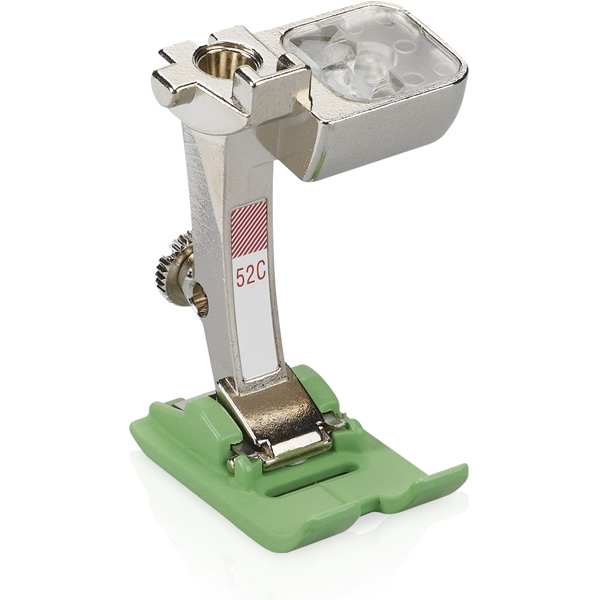

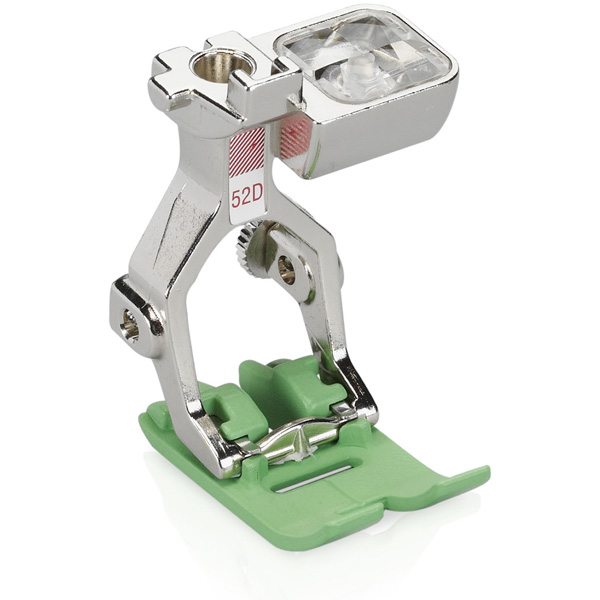
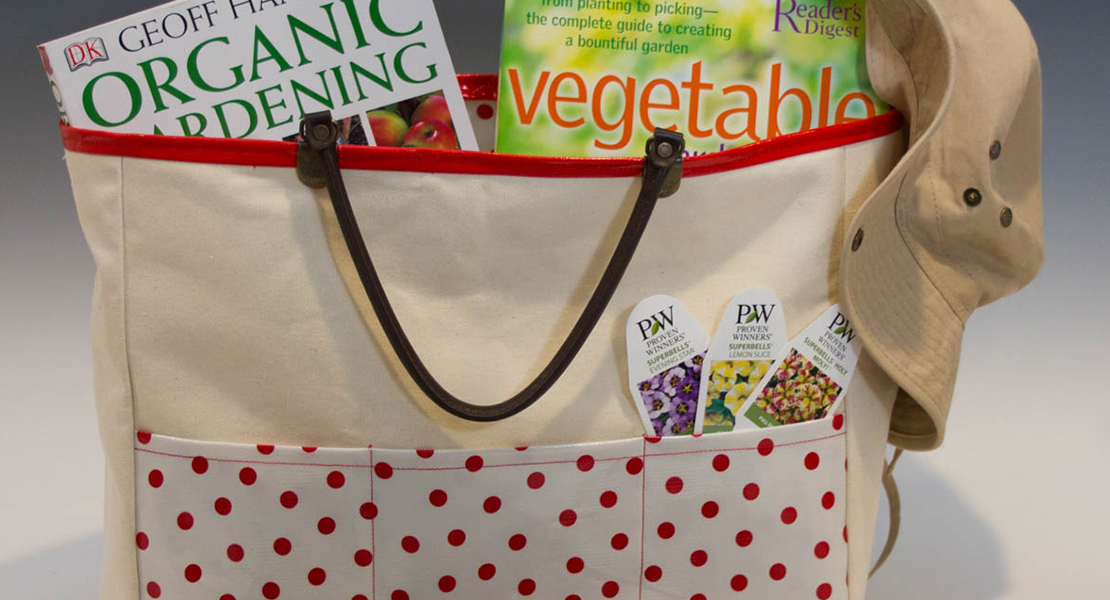
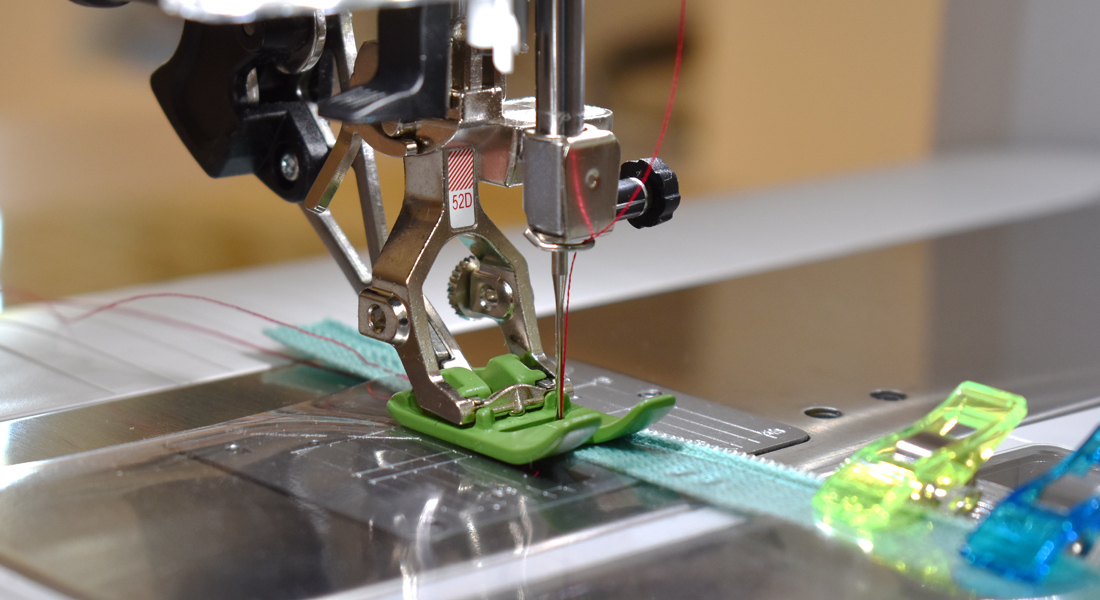
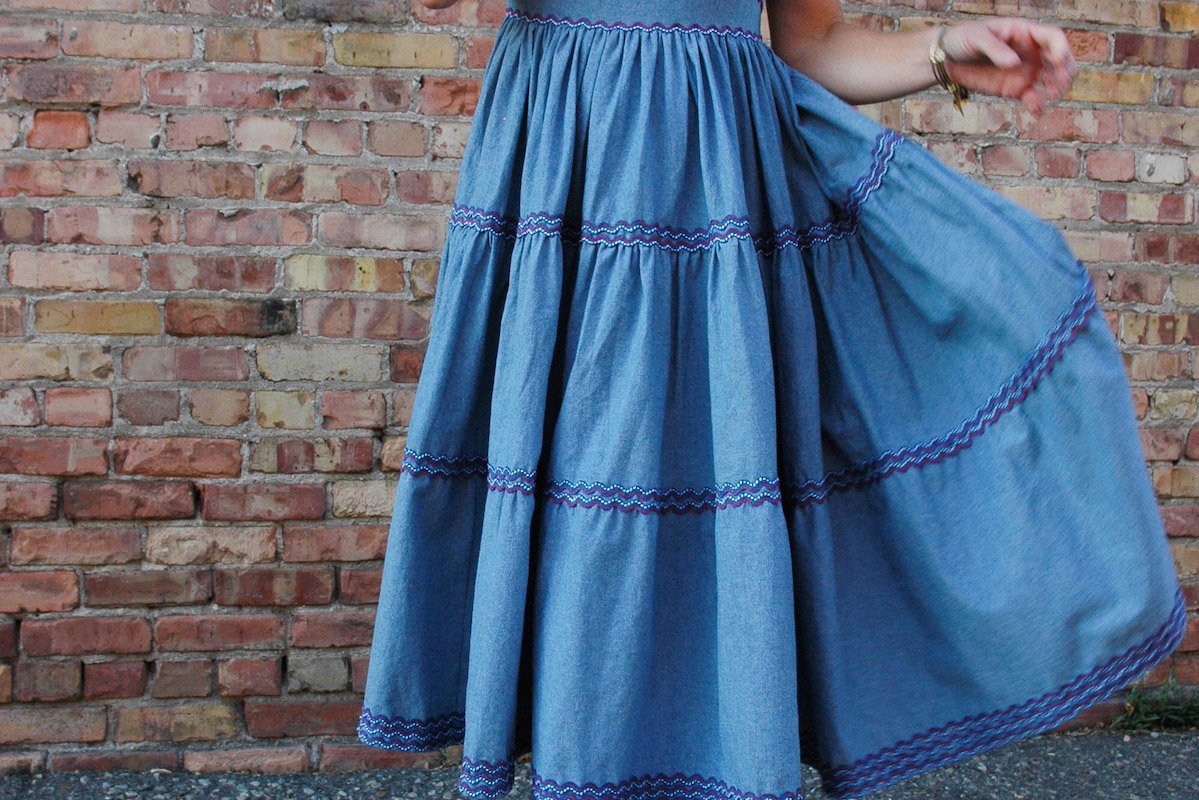
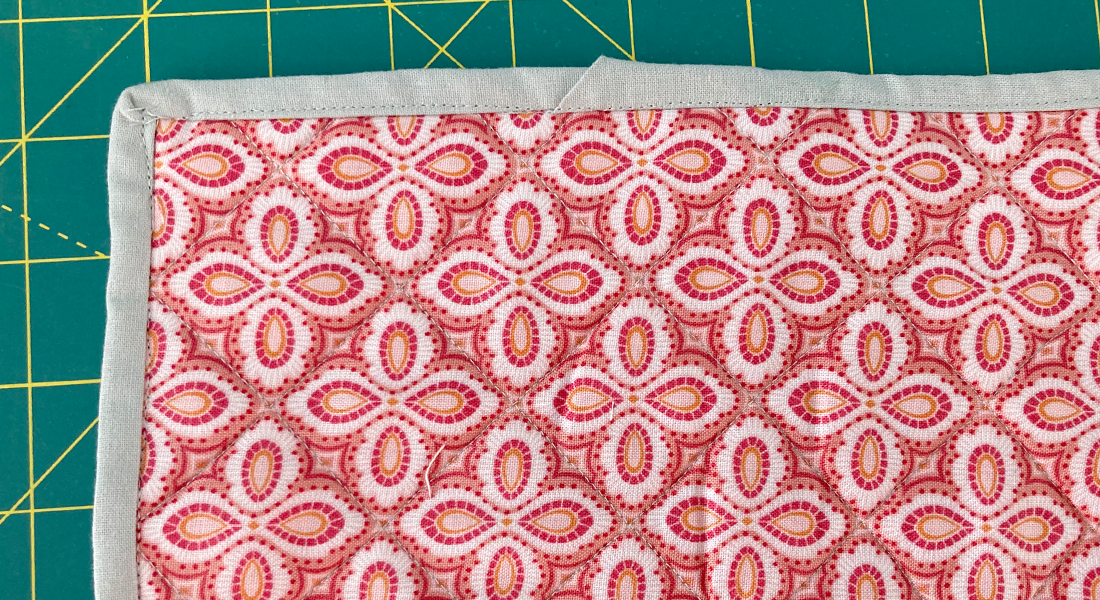
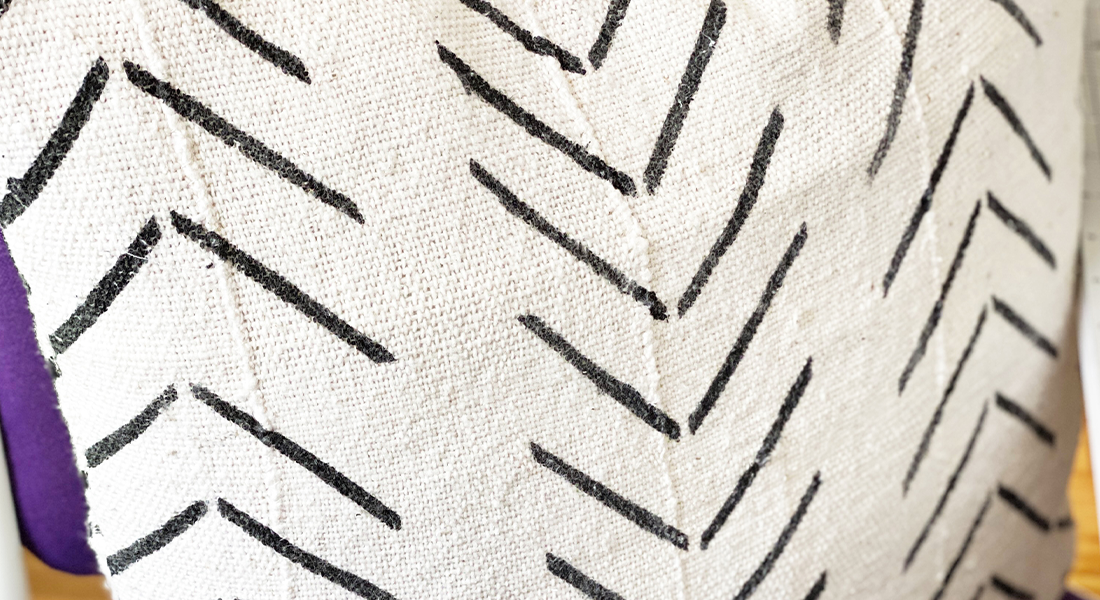
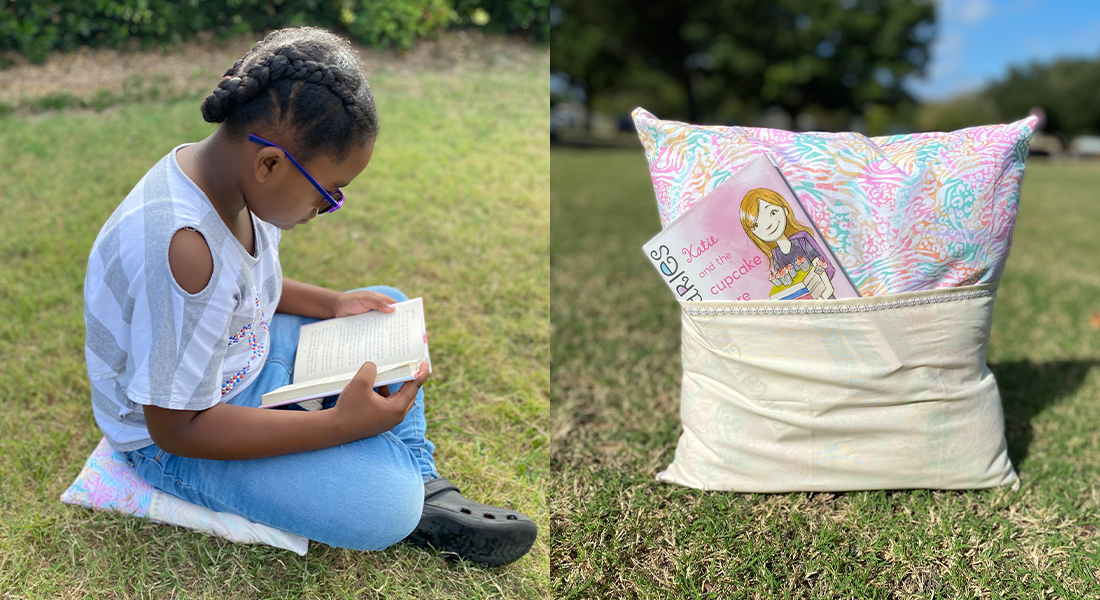
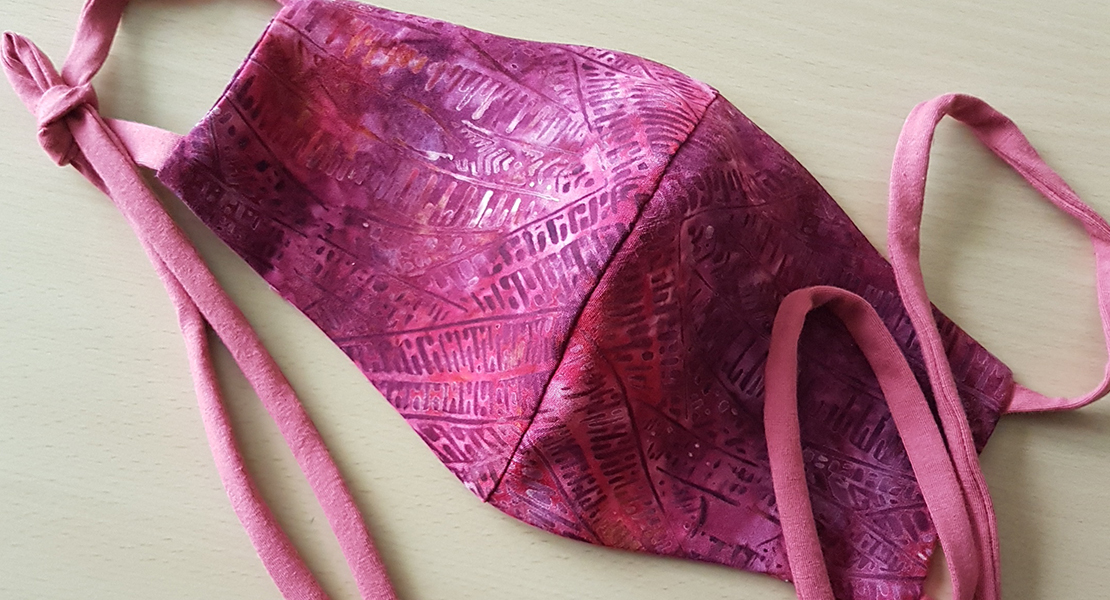
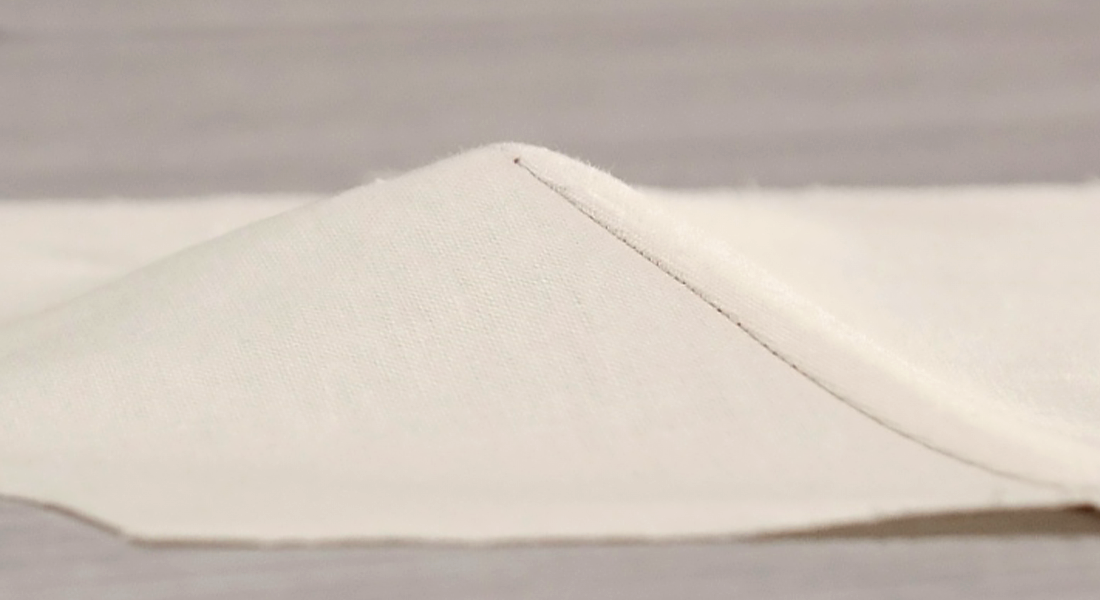
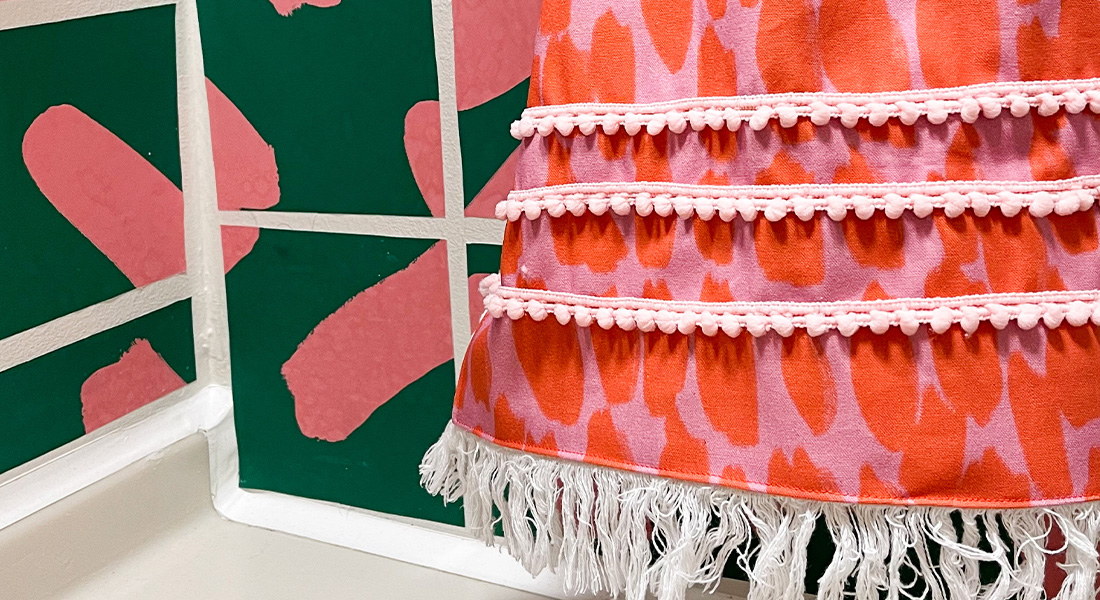
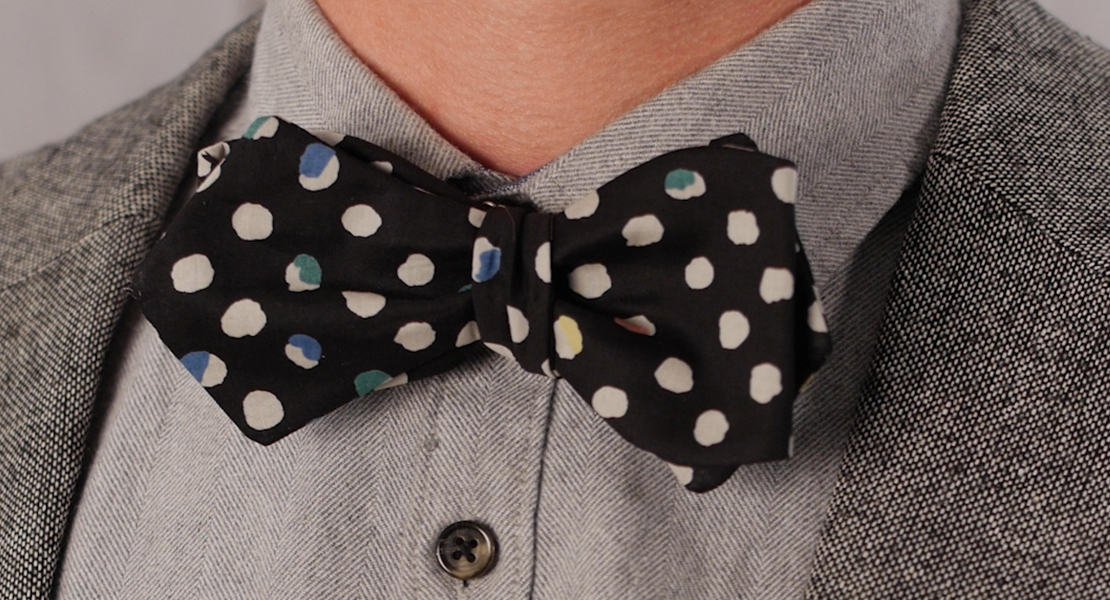
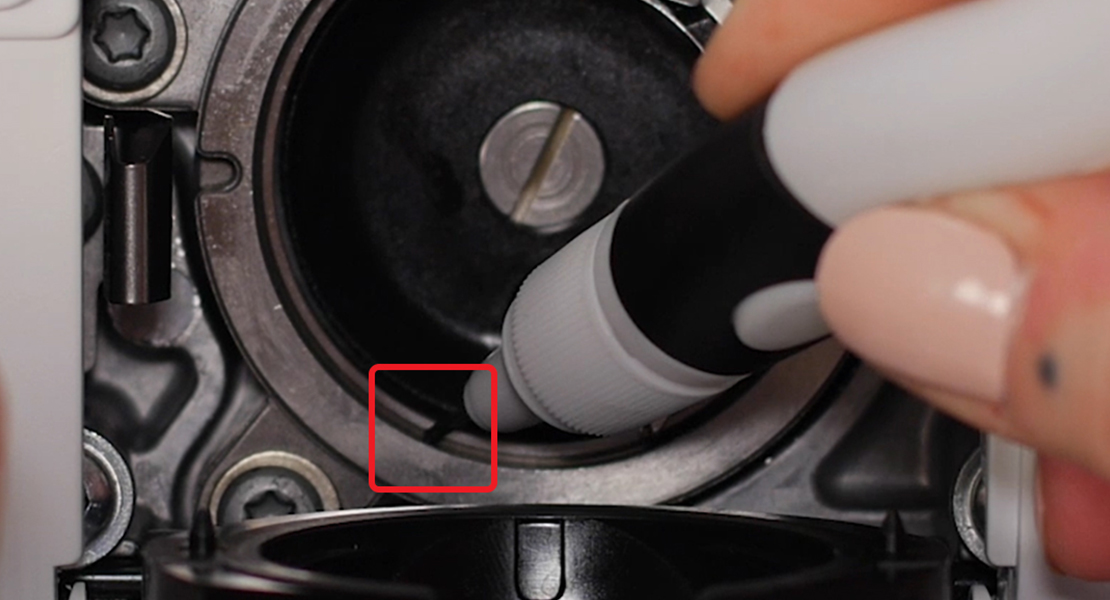
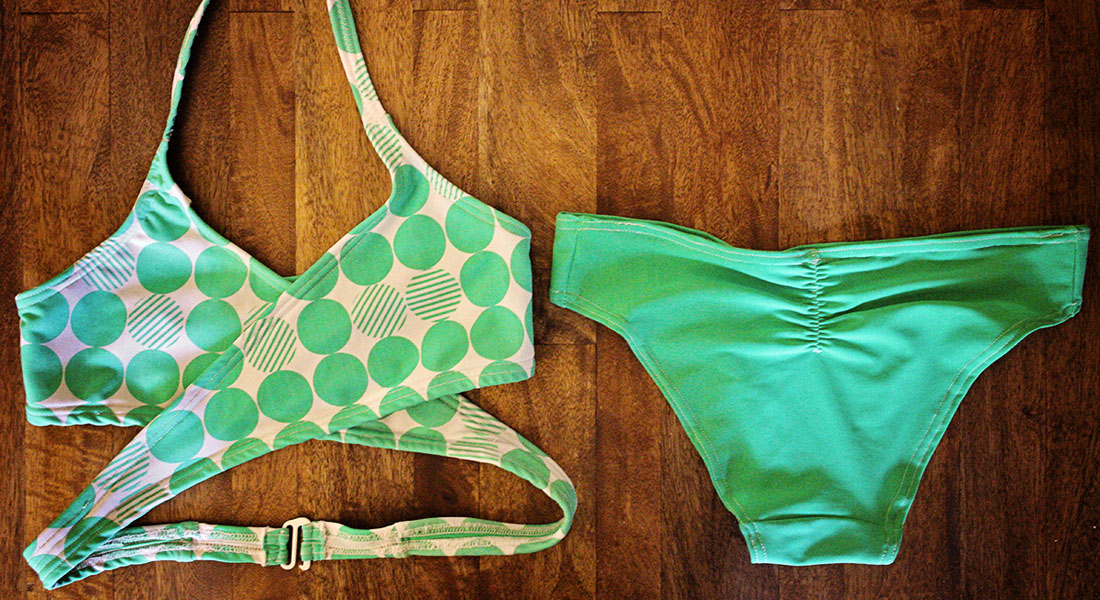
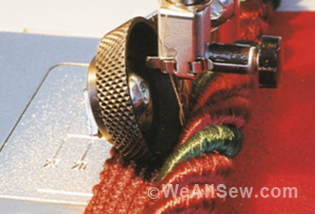
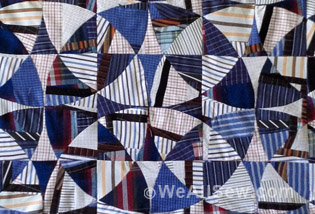
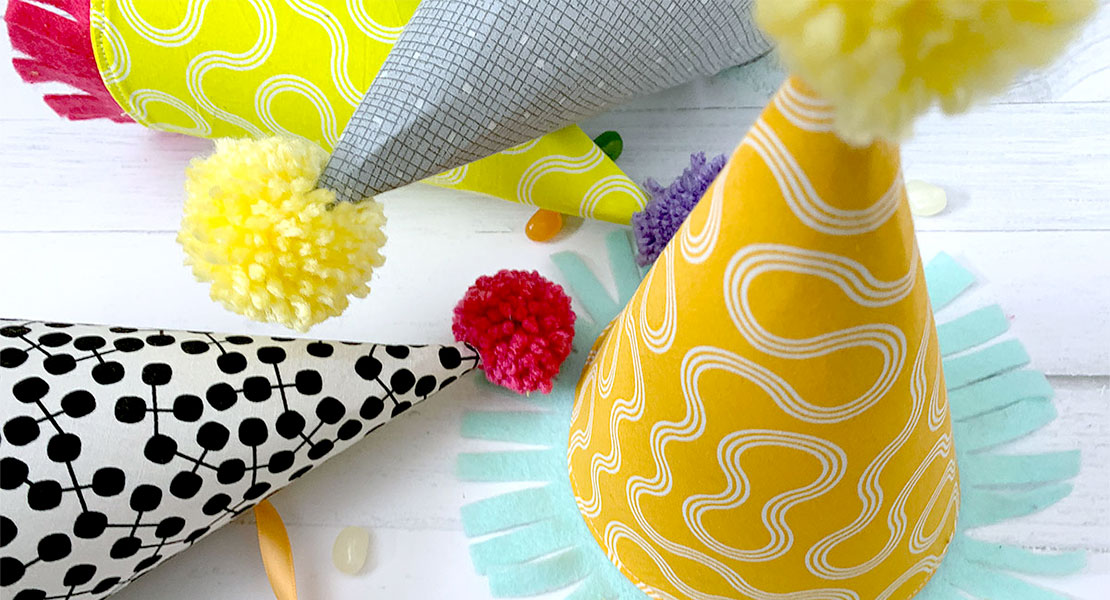
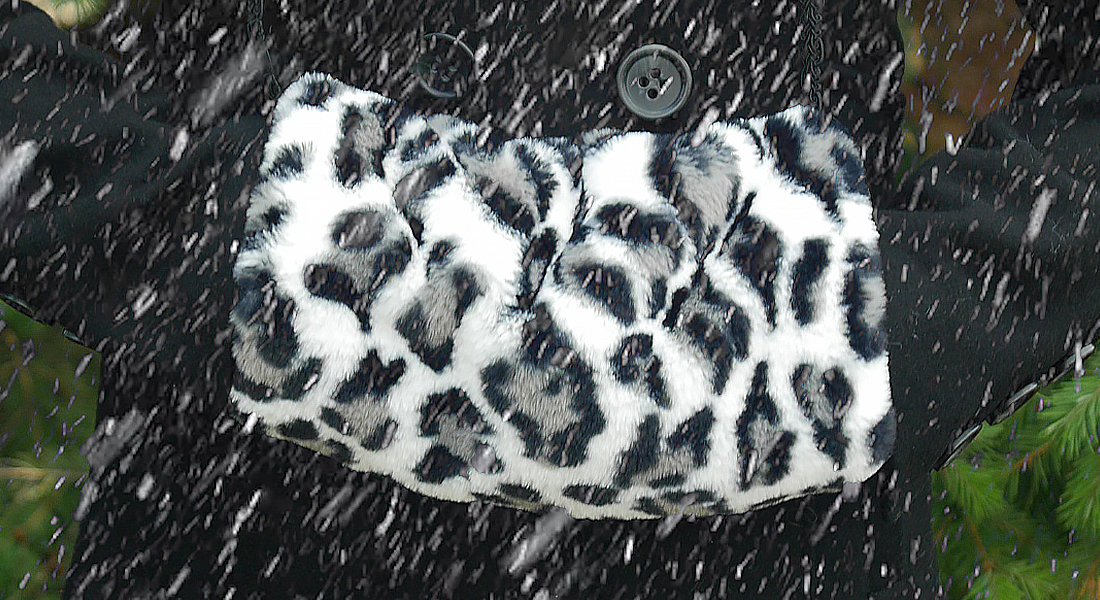
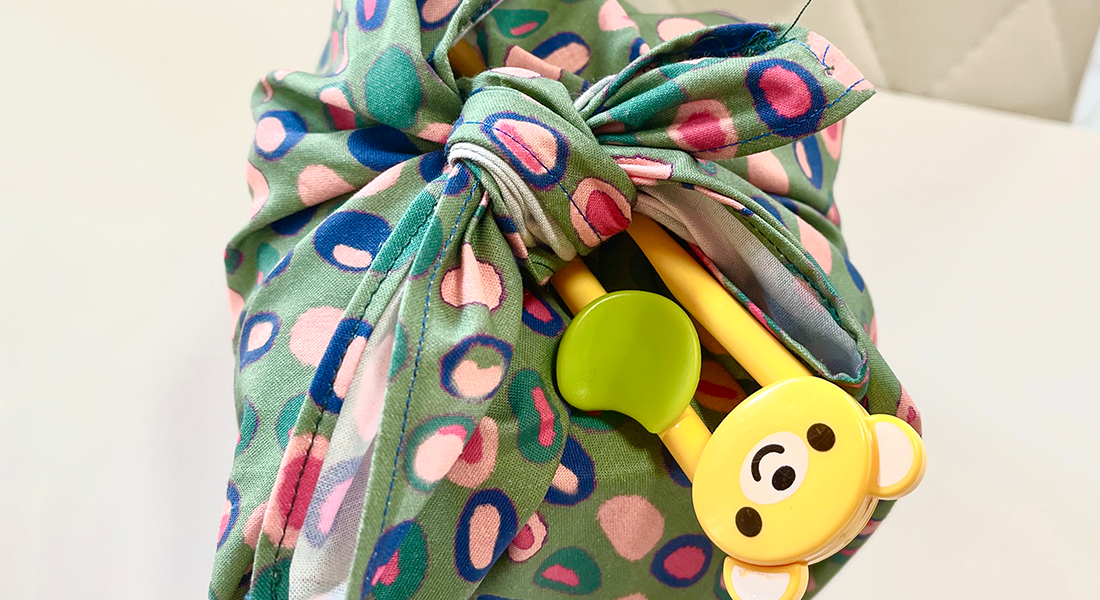
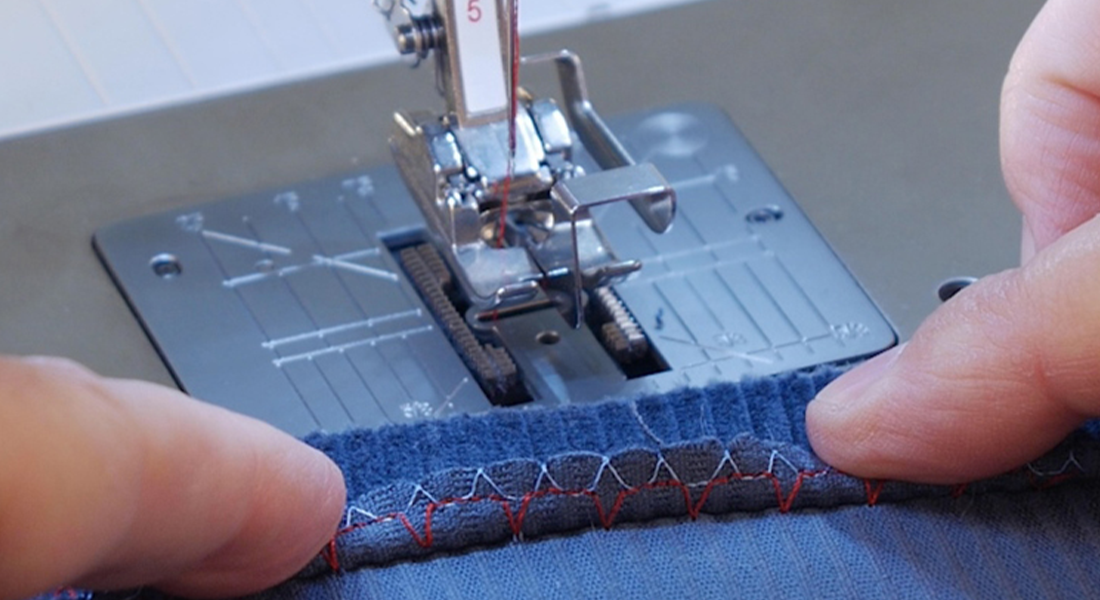
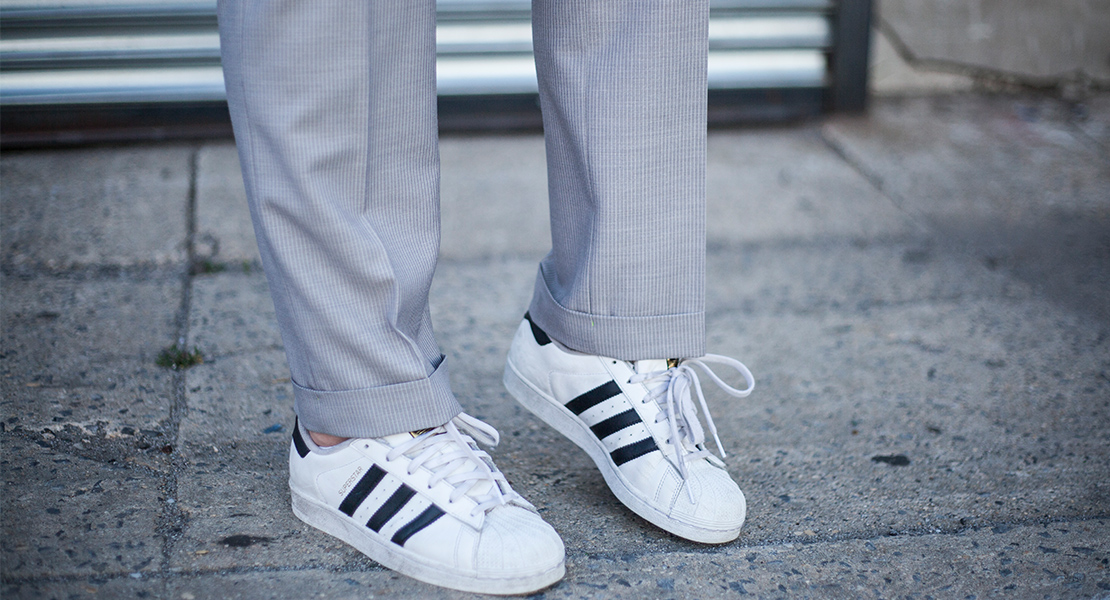
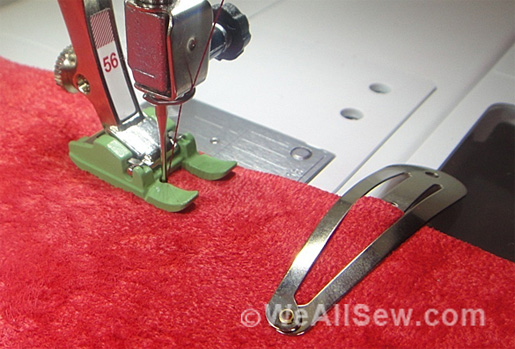
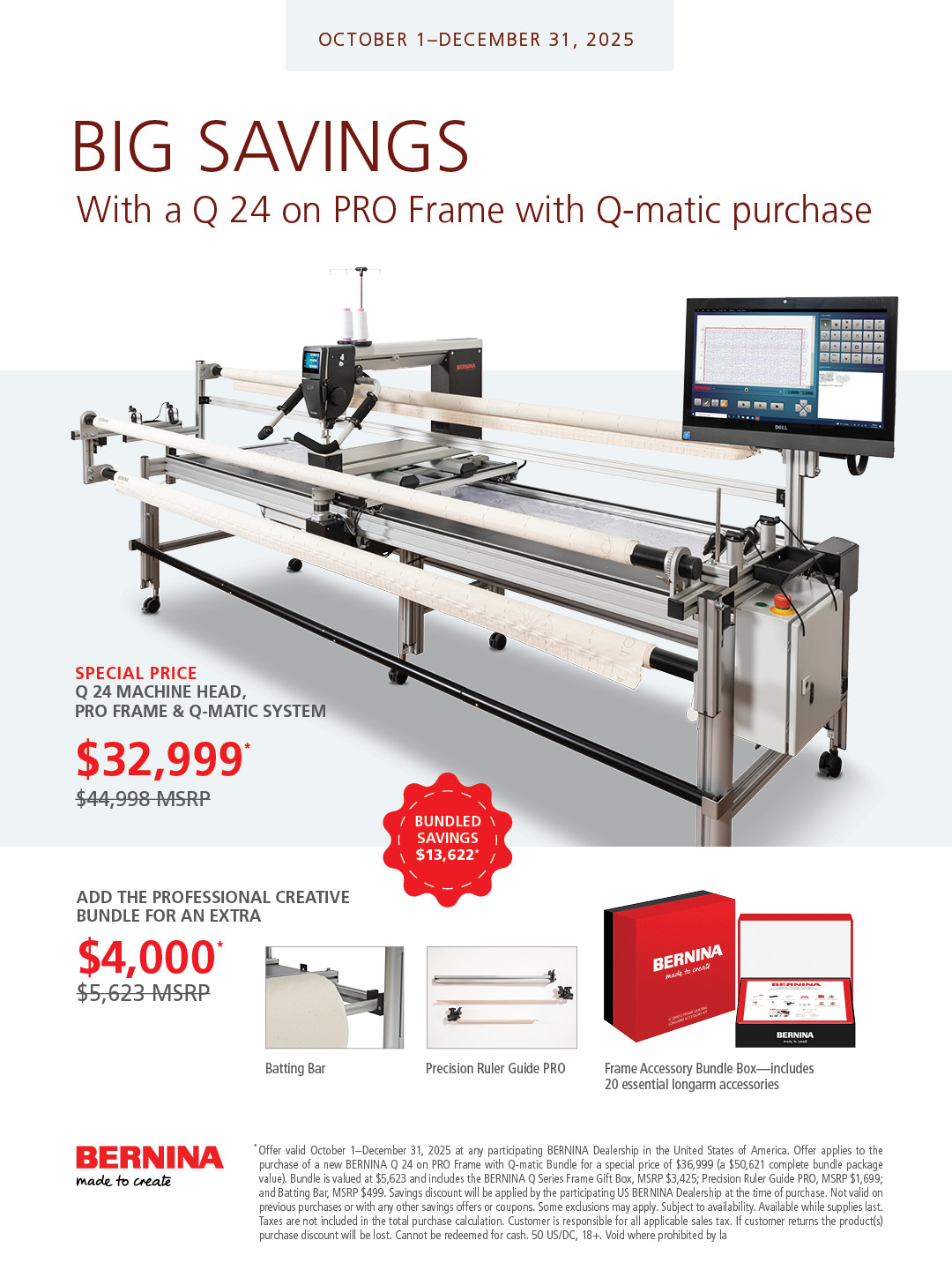
Great post!
I was wondering—is there any special cleaning of the sewing machine required after using oil cloth? It does have a lot of residue. Does the waxy oil do any harm to the sewing machine?